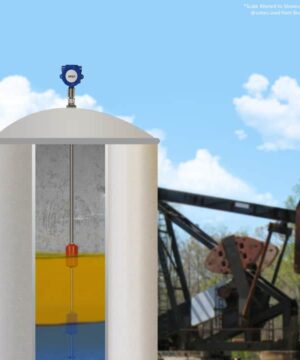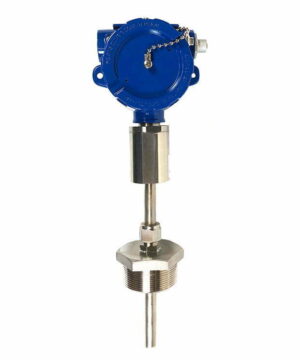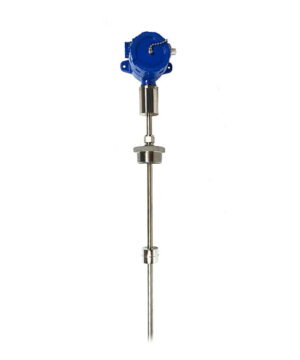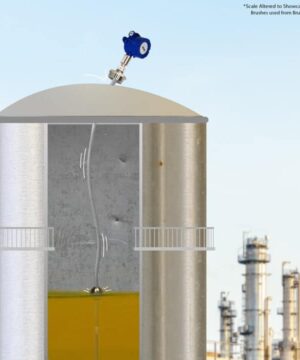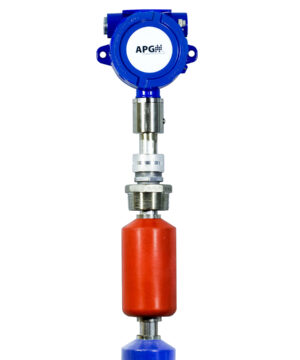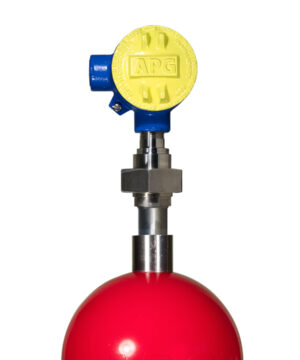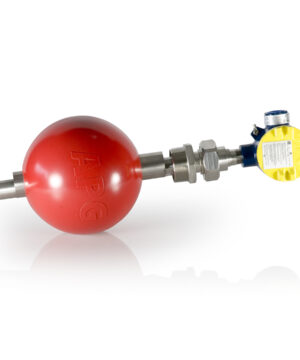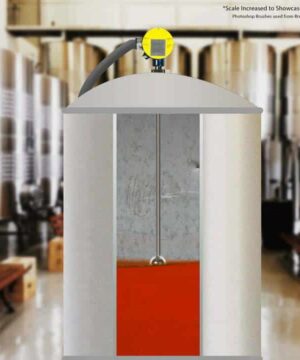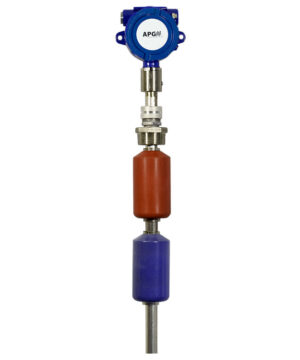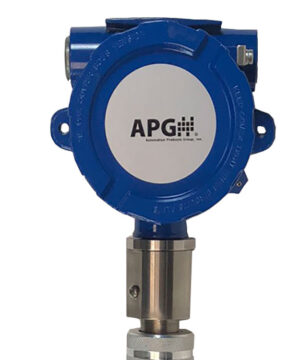MPX-T API 18.2
Titanium Custody Transfer Level Probe
$0.00
MPI-E
Intrinsically Safe Magnetostrictive Float Level Sensor
$0.00
MPI-F/K
Float Level Transmitter for Large Tanks
$0.00
MPX-T
Explosion Proof Magnetostrictive Float Level Sensor
$0.00
MPX-R
Explosion Proof Rugged Magnetostrictive Level Sensor
$0.00
MPX-F
Flexible Magnetostrictive Float Level Transmitter
$0.00
MPX-E
Explosion Proof Magnetostrictive Level Sensor
$0.00
RPM
Explosion Proof Resistive Level Transmitter
$0.00
RPX
Explosion Proof Resistive Level Probe
$0.00
RPE
General Purpose Resistive Level Probe
$0.00
MPXI-F
Explosion Proof Flexible Stem Magnetostrictive Level Sensors
$0.00
MPI-F/B
Intrinsically Safe Float Level Transmitter
$0.00
MPI-T
Intrinsically Safe, Titanium Stem Magnetostrictive Float Level Transmitter
$0.00
MPX-R API 18.2
Stainless Steel Custody Transfer Level Probe
$0.00
MPI-R
Intrinsically Safe Magnetostrictive Float Level Transmitter
$0.00



